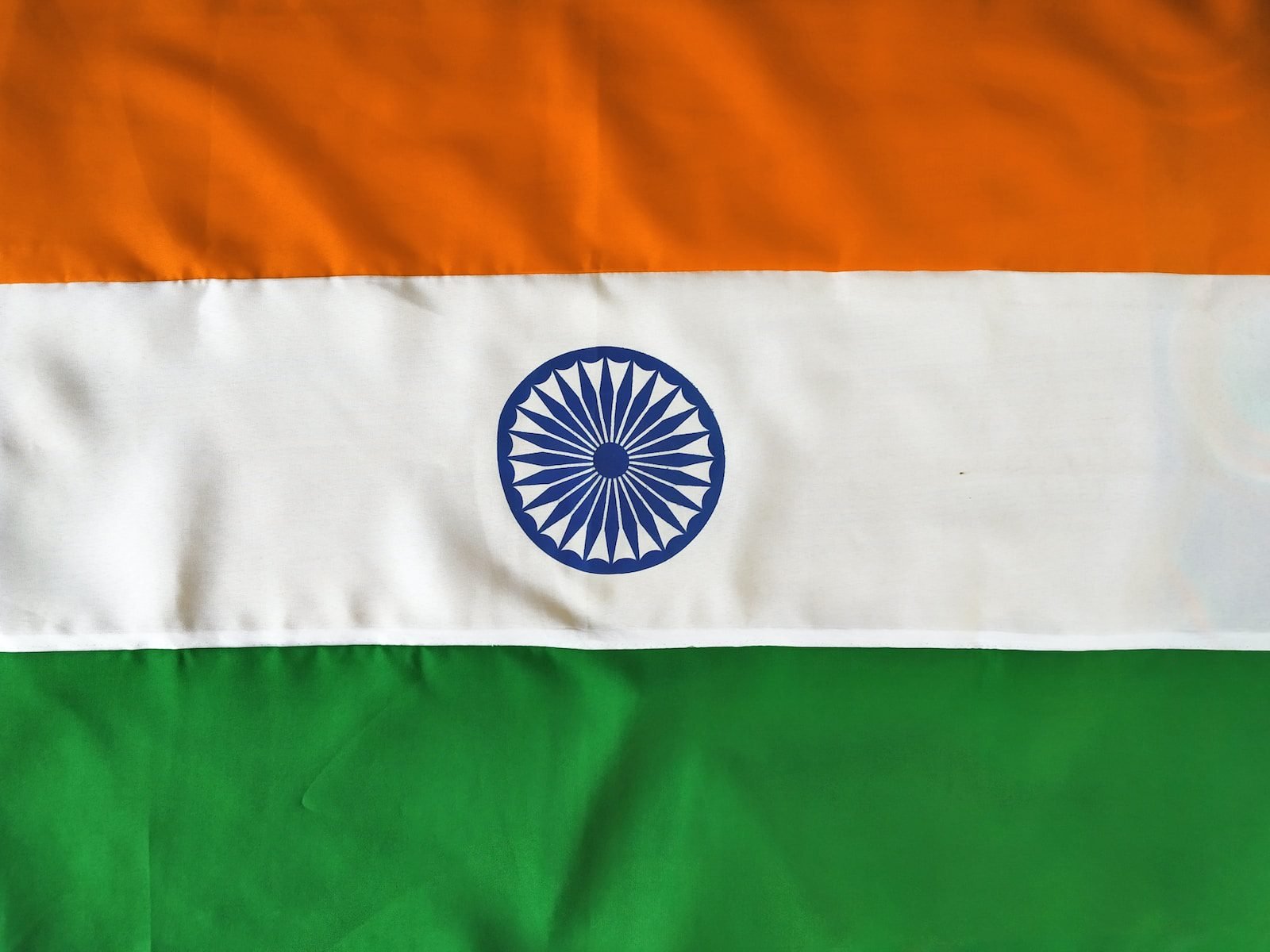WASHINGTON: According to India’s finance minister Nirmala Sitharaman, the country wants to expand its domestic consumer market, implement output-incentive measures, and become a more viable alternative to China in global supply chains.
Sitharaman stated at the Peterson Institute for International Economics that so-called production-linked incentive programmes involving 13 industrial sectors, including semiconductors, “are bringing in global value chains into India.” In order to satisfy both domestic and foreign demand, she stated, “we expect to have production of many of these enormous, bulk-manufactured commodities which can travel from India.”
India this month announced an ambitious goal of reaching $2 trillion in total exports annually by 2030 as the South Asian nation redoubles its efforts to become a top alternative for businesses looking to transfer their supply chains away from China.
On Monday, Sitharaman used the production of mobile phones as an example. In 2014, the Asian country produced just few of these gadgets, but it had developed into one of the largest exporters in the world.
She is visiting the US for a week to take part in the spring meetings of the World Bank and International Monetary Fund.
In contrast to its normal cautious approach to such agreements, India has been negotiating bilateral trade agreements with a variety of nations over the past year, including Australia, the UK, and Canada. Sitharaman stated on Monday that the 1.4 billion-person country is also moving forward with a deal with the European Union.
G-20, debt
After several meetings this year ended with Russia and China objecting to rhetoric around the crisis in Ukraine, India is under pressure to demonstrate that it can build an accord as the president of the intergovernmental Group of 20 organisation of powerful states.
According to Sitharaman, this is “a fantastic chance for India to demonstrate and to work towards bringing all countries together on fundamental concerns.”
She emphasised the need to give debt relief for more than 70 low-income countries that are currently carrying a combined $326 billion debt load when she said, “It is time that the members of the G-20 sit up and take these challenges on board.”
More than half of the low-income nations in the world are either already in or at significant risk of defaulting on their debt. Yet, despite the fact that the G-20’s top economies agreed to a plan known as the Common Framework in 2020 to speed up the process of restructuring debts that governments could no longer afford to service or return, not a single country has so far benefited from it.
This matter will be pursued, and Sitharaman expressed her hope for some constructive developments.
Sitharaman, a close ally of Prime Minister Narendra Modi and India’s first female finance minister, is credited with supporting social welfare programmes during the pandemic and reducing the budget gap from a record 9.2% of GDP in 2021 to 5.9% of gross domestic product in the fiscal year beginning in April.




